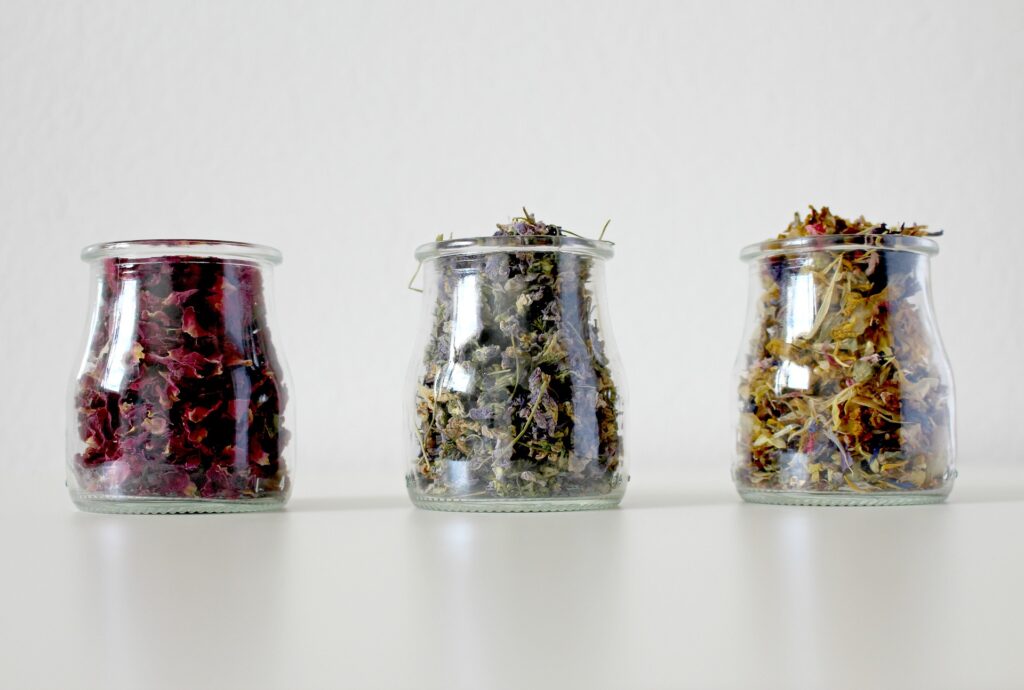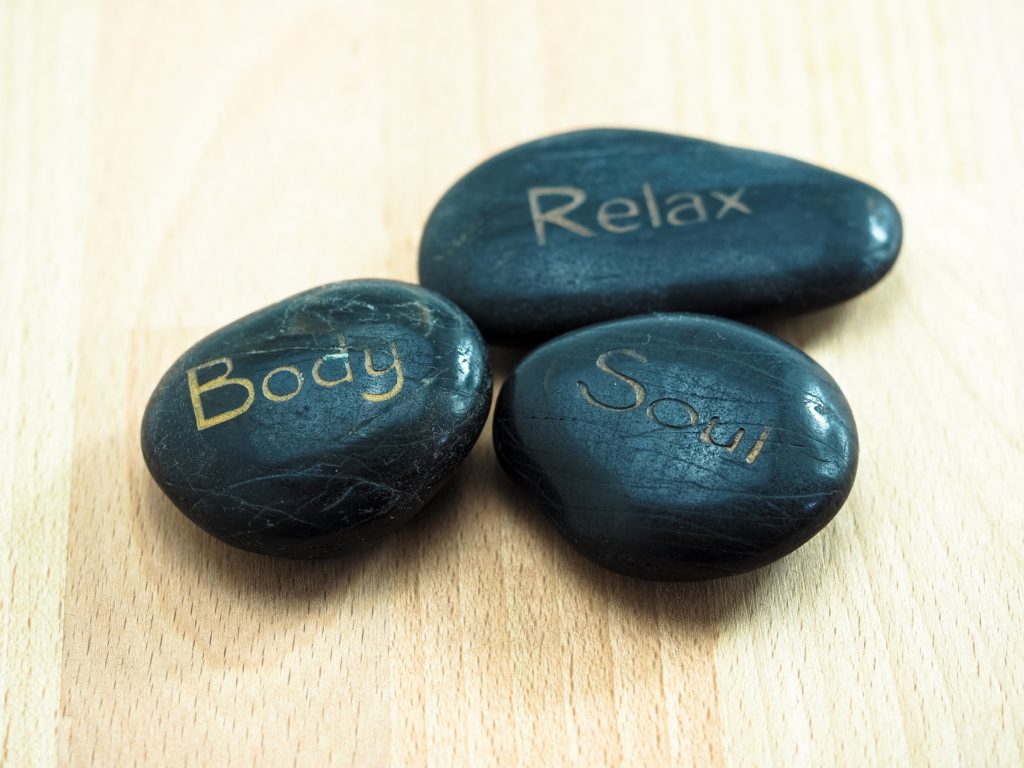The No BS Guide to Caring for the Skin Around Your Eyes
According to Healthline website
When to show your dark side
It doesn’t take much. A later-than-usual night out, a high pollen count, or an episode of “This Is Us” can produce that raccoon-eye look or bags under our peepers.
You can just embrace the bags and your dark side. And as you follow our guide, you’ll discover some people are just naturally predisposed to this look. Why not embrace it, if it’s you? Word on the street is that a little shadow and swell is the new sexy.
But if you do have a reason to brighten up your skin and reduce puffiness, we’ve got some remedies for you.
Fast fixes for dark circles and under-eye puff for skin around your eyes
You don’t need to spend a fortune on a high-end skin care regimen to erase rings or pouches. Remedies can be found in your pantry, refrigerator, and right at your fingertips.

Reach for your tea bag stash
For dark circles, the caffeine in black or green teaTrusted Source may help narrow blood vessels and reduce blue coloring. These caffeinated teas can also banish bloat by drawing out fluid. But if you’re going for a more soothing effect for irritated skin, opt for rooibos (red tea) or chamomile.
Instructions: Steep two tea bags like normal, squeeze excess water, and chill in the refrigerator for 10 minutes before placing over your eyes for 15 minutes or more.
Dip into the coffee canister
While your cold brew might give you a refreshing jolt, a caffeine fix for the skin can calm blotchiness or swelling.
Instructions: Keep some coffee ice cubes in your freezer. Spend a few minutes gently rubbing an ice cube under your eyes, along your brows, across the bridge of your nose, and from the outer corners of your eyes to your temples.
Or, try 100% Pure’s caffeinated eye cream for $15. Promising reviews put this product at 4.5 stars for treating crow’s feet and keeping eyes moisturized.
Raid your crisper for a cucumber
Cucumbers are high in vitamin C and folic acid. This ingredient combo stimulates cell growth and battles environmental stress, resulting in less irritation and puff and a reduction in that purple bloom.
Instructions: You’ll need two half-inch-thick slices from the fridge. Place over your eyes for about 15 minutes. Alternative? Use cold spoons. They can help constrict blood vessels and reduce coloring.
Or, try Yes to Cucumbers’ soothing eye gel for $11. Reviews place this to be a bit harsh for folks who may have more sensitive skin, but they also note it’s better than expensive creams.
Give your eyes a tap massage
By tapping your index and middle fingers in a gentle circle around your sockets and across your brows and cheekbones, you can enhance lymph drainage. This may even skin tone and reduce inflammation.
Instructions: Do this massage with an eye cream for at least 30 seconds. Embrace the pressure, but don’t rub or push too hard.
What about eye cream does it heal the skin around your eyes?
Do you need to fork over loads of cash for a fancy balm? For dark circles, the short answer is no. However, you might opt for a budget-friendly, moisturizing salve that includes tea, coffee, or cucumber extract that can also help you tackle fine lines and creases.
Try: SheaMoisture’s matcha green tea relief eye cream for $12.
INGREDIENTS FOR YOUR EYESRead the label before committing to a pricey jar. Ingredients you’ll want to keep an eye out for include:
- retinol
- hyaluronic acid
- caffeine
- neuropeptides
- vitamins C, E, or K
Grab the color-correcting concealer
Got an important meeting or event and want to look fresh in front of the crowd? A little color-correcting concealer can get the job done. Try orange if you have a darker skin tone, pink if you have a lighter skin tone, and go for yellow if your circles tend to look extra purple.
Why do we get dark circles or under-eye puff?
The biggest answer to this, especially for you experts who have tried every trick in the book, is genetics.
If you’ve always had sunken eyes or dark circles, also called periorbital hyperpigmentation, the condition could be a part of your genetic makeup. Likewise, permanent under-eye pouches may be a facial feature you’ve inherited.
Here’s why these attributes get accentuated:
Under-eye bags
We get puffy lower lids or bags when the tissue there fills with water. As we age, the fatty tissue held within the socket and upper lid can fall, causing even more fluid retention in that area.
Puffiness is often most prominent when we take the morning’s first look in the mirror. That’s because fluid has had a chance to pool while we’ve been sleeping. Bags tend to diminish after we’ve been vertical for a bit.
Dark circles
Although dark circles can be present for many reasons, most people tend to have a slightly deeper coloring around the eyes, simply because the thin skin there stretches over a conglomeration of purple vessels and muscle.
Other lifestyle reasons for dark or puffy skin around your eyes
- aging
- allergies
- crying
- eye strain
- fluid retention
- hormonal changes
- lack of sleep
- sleep position
- medications
- smoking
- skin irritation
- sun exposure
- pigmentation variation
Combating ringed or baggy eyes
By isolating the cause, you can take measures to reduce the prominence of purpling and pooching.

Elevate your snooze time
Cut that late-night Netflix binge short or do whatever possible to get a few more Zzz’s. If you still notice the a.m. eye bloat or blue coloring, prop your head slightly while you sleep. Remove any makeup before hitting the hay to avoid smudging into eyes or irritating surrounding skin.
Get nosy about allergies or illness
Allergy symptoms or an illness like the flu or common cold can pack a punch to your appearance. Itchy lids, sneezing, sinus congestion, or postnasal drip can all lead to a bruise-y tint around the eyes.
An allergist or an ear, nose, and throat doc (ENT) can help you determine triggers and any needed nasal sprays, antihistamines, or preventive regimens for keeping sniffles and scratching under control. Neti pot rinses can work wonders too.
Keep in mind that makeup or products could be to blame for allergy flare-ups or eyelid dermatitis. Scrutinize ingredients before using.
Make lifestyle adjustments when possible
If you notice an uptick in that Hamburglar or puff-pastry look, maybe you’ve just faced a stressful week or a jam-packed weekend that impeded your sleep or nutrition. Noshing salty snacks, downing too much coffee, or clinking that extra cocktail are also reasons we might wake up with less-than-perky peepers.
Making some quick changes might help rid you of the rings and bags.
Reduce your caffeine, booze, and salt intake, or counteract the effects of these substances by hydrating. Drinking plenty of water throughout the day will aid eye appearance by flushing the skin. When outside, don shades and sunscreen to avoid hyperpigmentation. If you smoke, take steps to boot the habit.

Additional prevention tips for sacks and dark sockets:
- Elevate head slightly while snoozing.
- Remove makeup before bed.
- Skip irritating ingredients in makeup and skin care products.
- Avoid eye strain.
Is surgery a consideration for skin around your eyes?
If you have permanent dark sockets or puffy bags under your eyes that are a result of genetics or can’t be lessened with lifestyle changes or fast fixes, medical solutions might be an option. Procedures for dark circles may involve Botox, fillers, or chemical peels. For both bags and circles, one surgical method is blepharoplasty.
If circles or bags bother you to the point where you can’t stop thinking about them or they’re a source of depression or anxiety, talk to your dermatologist about what can be done.
Circles and bags can be alluring
One of the most important things to remember when it comes to your eye bags or rings is that you’re probably the only one paying them much mind. We often look at ourselves close up in the mirror in the morning when we shave or apply products. That’s when circles and puff are most pronounced.
But your classmates, officemates, or the person in line next to you at the coffee shop likely won’t even notice.
What they could perceive, perhaps, is a certain mysteriousness or depth they can’t quite put their finger on. Think about it. Dark shadows and bags have long given plenty of folks character or allure.
Just like the eye crinkle or wrinkle can make you appear more genuine, a dark circle or an under-eye bag can amp up your authenticity.
Need a few ideas for proudly displaying them?
Try adding some glimmer. Opt for a face gloss on your upper lids, like in this Milk Makeup blog. Or try sweeping highlighter from your cheekbones to the outer corners of your sockets in a “C” shape. For an I-rolled-out-of-bed-this-way look, use a shimmering face oil in the same way. Or glam things up with a line of your go-to eye shadow on your lower lid.
Ultimately, don’t be afraid to skip the concealer and rock raccoon chic!
You may Also intrested in this ARTICLE too.




